It’s been a year since Metroid Prime Federation Force hit shelves. This title also happened to have quite the controversial following, with many fans claiming it wasn’t the game they wanted, aside the fact this was when they hadn’t even played it yet. Some went as far as to creating a petition to stop the the game from being released!
To celebrate the controversy (in a way), I’ve spent the past month researching about some of Nintendo’s most controversial games, or those which were specifically controversial on a Nintendo platform. Check them out after the break!

The Legend of Zelda: Skyward Sword – Motion Controls and Linearity
There’s a fair amount of Zelda titles which have divided fans, such as Majora’s Mask on the three day cycle, and Wind Waker for its cell shaded graphics, but one game in particular, which has been very divisive and has stirred up some controversy, is The Legend of Zelda: Skyward Sword, and that’s for a range of different reasons. The most notable being the motion controls.
Let’s put the Master Sword back into the pedestal and travel back seven years to E3 2010, when Nintendo finally unveiled The Legend of Zelda: Skyward Sword. They started with a fantastic reveal trailer followed by actual live gameplay on stage. Everyone knew that the game would use the Wii Motion Plus technology, so it was interesting to finally see how the game would work with it. Unfortunately, on stage at least, the controls wound up being nearly completely unresponsive. Even though the unresponsive controls were most likely caused by electronic interference (do people not realise how many electronics are at E3), this instantly sent a bad impression to fans, which caused a lot of doubt over the motion controls.
Luckily Nintendo was eventually able to show how the controls should work in future demos, unfortunately a lot of fans still weren’t convinced, especially those who absolutely detest the fact that the game relies on motion controls. They also weren’t a fan of the fact that the motion controls are not optional in the titles. And then there are some gamers, and even certain publicists, who claim that the motion controls never worked properly after all. Personally I find this claim to be absolute bollocks, and I would say that these people are most likely still sour that they actually have to actually move their arms… but I’m not that sort of person who generalises people like that… mostly. Either way, I rarely had any problems with the controls, and on the occasion I did, simply recalibrating the remote would fix it. Oh, by the way, you’re meant to swing the remote like a sword… waggle controls were so 2006.
One issue fans perceived which I would definitely agree to is the fact that Skyward Sword is one of the most linear mainline Zelda games released (aside from the DS games), in contrast to the recently released Breath of the Wild. True, some games such as Wind Waker and Twilight Princess had you having to progress through the story in a linear way, but they all still felt really open, whereas Skyward Sword generally feels fairly compacted. The fact that Skyward Sword has a pretty empty overworked supports this, at least with Wind Waker there were a lot of Islands which had interesting things to do.
The title also felt like there was little to explore, and instead the game essentially forces you to go from one point to another. Backtracking wasn’t a joy either, it just never worked in Skyward Sword. It works in Metroid because there is a sense of exploration, it doesn’t work in Skyward Sword because you are told to go back to an area you’ve completed before. Don’t get me wrong, Skyward Sword is still an amazing game, and has even gained critical acclaim, though it will still remain to be one of the most controversial Zelda titles released, assuming you pretend the Phillips CDi wasn’t a thing of course.

Perfect Dark – Perfect Head
Perfect Dark is, without a doubt, one of my all-time favourite shooters. At the time it was essentially the SciFi spiritual successor of Goldeneye 007. It was also the first M rated game to be released for the N64, though this isn’t the controversy I’ll be talking about today.
There was also a Perfect Dark game released for the Game Boy Colour which included ways to interact with the N64 title, such as being able to activate specific cheats through the Transfer Pak. One feature in particular Rare advertised for Perfect Dark, was the ability to use the Game Boy Camera to map your face (or the faces of others) onto different characters in multiplayer. The feature was planned to be called Perfect Head. Once the game released however, the feature was scrapped, with Rare initially stating that they encountered technical difficulties implementing the feature.
A year before Perfect Dark arrived on shelves saw the unfortunate Columbine High School massacre, which saw the sad death of more than 12 students. Gamers suspected that this was the reason why the feature was ultimately removed as, let’s be honest, it would’ve been insensitive to have the ability to shoot in-game characters who look like people you actually know. Rare quickly provided a statement revealing that these suspicions were indeed true:
The game, developed over the last two-and-a-half years, has evolved into such an outstanding product that in order to avoid any controversy during the game’s release, as of 03-02-00 (February 3, 2000) the fully operational Game Boy Camera feature within Perfect Dark has been removed from the software.
Manhunt 2 – The Murder Simulator
When you release a game that follows a sociopath where there is a great emphasis on how gruesome your murders are, you are bound to come by some controversy. Rockstar are known for releasing games followed by controversy, such as Grand Theft Auto and Bully, and Manhunt 2 is no exception.
Released between 2008 and 2007 for the PS2, PSP, and the Nintendo Wii, the sequel to 2003’s Manhunt follows Daniel Lamb, a patient with amnesia from the Dixmor Asylum for the Criminally Insane. Your task is to find out who you are and essentially brutally murder anyone who gets in your way… stealthily. Though Manhunt 2 has a generally less disturbing story than the original, it still caused quite a stir, enough to get some versions banned in certain countries.
The original supposedly influenced the murder of a 14 year old boy by the hands of his 17 year old friend in the United Kingdom. It has been stated that the 17 year old was a big fan of the game and that the murder was in similar fashion to the murders in the game. Once the sequel was announced, an activist in the US, Jack Thompson, vowed to have the game banned, it went as far as Mr. Thompson filing a lawsuit against Take-Two (who own Rockstar), but ultimately never made it to court.
In 2007, fast food chain, Wendy’s, ran a promotion featuring children’s toys based off upcoming Nintendo Wii games, such as Excite Truck, Wii Sports, and Super Mario Galaxy. Even though they were not promoting Manhunt 2, Mr. Thompson still wrote a letter demanding Wendy’s to drop the promotion as Manhunt 2 was scheduled to be released on the console. He also wrote a letter to Florida officials stating the following:
Florida retailers are scheduled to sell a very violent video game called Manhunt 2 which will be available, remarkably, for “play” on the kids-friendly Nintendo Wii gaming platform. The Wii device does not utilize traditional push button game controllers but instead utilizes hand-held motion capture devices […] It is a training device.
The fact that the Wii version of Manhunt 2 is often described as a murder simulator adds to the fact that the Wii version is likely the more controversial version.

Donkey Kong – Lawsuit
This particular controversy is rather different to the rest, and revolves around the infamous Universal City Studios, Inc. v. Nintendo Co. Ltd. lawsuit. Back in July 1981, Nintendo released the, now classic, Donkey Kong in arcades across the world. A year later, Universal filed a lawsuit against Nintendo, claiming that the Donkey Kong name, character, and story infringed on their King Kong property (which they recently gained the rights to produce another movie in 1976).
Universal actually attempted to cash in on the gaming industry after the success of Donkey Kong in Japan, and released King Kong for the Atari 2600 in 1982, the game seemed very similar to King Kong. Once Nintendo exported Donkey Kong to the west, where they earned $180 million of profits, Universal threatened to sue Nintendo, stating that Nintendo’s “actions falsely suggest to the public that [its] product originates with or is authorized, sponsored or approved by the owner of the King Kong name, character and story.”
Atari and Coleco, who handled the Atari 5200 port, quickly settled and offered three percent of profits to Universal. Luckily Nintendo has always been a bit stubborn at times, they refused to settle compensation for Universal. This then led to Universal suing Nintendo in June of 1982, where they would then send cease and desist letters to Nintendo, and their relevant subsidiaries, in 1983, ordering them to cease production until they gain the rights from Universal to continue.
Though both companies went to a week long trial, it was eventually ruled that Nintendo did not infringe on the King Kong property. Furthermore, Nintendo’s discovery of Universal’s King Kong game completely turned around the case, which led to Nintendo receiving $1.8 million compensation from Universal. Who would’ve guessed that just over twenty years later the two companies would announce a collaboration for the Universal Parks and Resorts!

Super Mario Bros. 2 – Birdo
Here’s yet another controversy from the Mushroom Kingdom. Back in 1988, when Super Mario Bros. 2 was released, you would encounter the character Birdo in various boss battles throughout your journey. At a first glance, Birdo doesn’t seem too controversial, but when you read the official manual, you’ll come across the following description of Birdo:
Birdo thinks he is a girl and likes to be called Birdetta. He likes to wear a bow on his head and shoot eggs from his mouth.
The majority of the controversy isn’t actually the fact that Birdo could be transgender, at the very least I’m pretty cool with that, but it’s actually the fact Nintendo seem to continually misgender their own character which have caused some issues. Some games, such as Mario Tennis and Super Smash Bros. Melee (in English) imply or state Birdo is indeed female, whereas games like Mario Kart: Double Dash (in English) implies the character is male. The abomination that is Sticker Star (Sam’s description) even pokes fun at the issue in a song Birdo sings implying even the character is confused about their gender.
Who knows though, maybe Nintendo were way ahead of the game and Birdo has a fluid gender!

Conker’s Bad Fur Day – The entire game!
Oh, you thought I was going to write a controversy list of gaming and not mention Conker? Believe it or not, Conker wasn’t always a crude mouthed alcoholic woodland creature, in fact, the original concept was completely different to what was released sixteen years ago. Conker actually started out on the Game Boy Colour in Conker Pocket Tales, which was a lighthearted top-down adventure game where you had to save Berri and your birthday presents from the Evil Acorn.
This was set to be the prequel to Conker’s Quest (later renamed Twelve Tales: Conker 64), which was being developed at the same time. At the time, the game was intended to start out as an innocent adventure, similar to Banjo-Kazooie, however the developers realised that the game was too similar in style to Banjo-Kazooie and other platforms of the time, so the title entered a year of hibernation, which led a lot of gamers to believe it had been cancelled.
The above video is not suitable for younger audiences!
Come E3 2000, Rare unveiled the revitalised Conker with Conker’s Bad Fur Day, a tale of violence, gore, swearing, alcoholism, sex, and a giant piece of shit that sings opera with corn for teeth! What was initially a family friendly game turned into one that was aimed only towards mature audiences, and boy was it brilliant. What was surprising, is the fact that a game like this was actually released for a Nintendo console. Sure, the N64 had games like Turok, and South Park, but Conker really went full out with its content. Surprisingly however, the majority of the content remained uncensored.
According to Rare, Nintendo did have some issues with Conker for its content, and even refused to advertise it Nintendo Power magazine. Additionally, Nintendo of Europe declined to publish the game in Europe, which led Rare to approach THQ instead for publishing. The LA Times published an interesting article on the title and is definitely worth a read. Fun fact, the XBOX remaster was censored more than the original N64 version!
Pokémon – THE ENTIRE FRANCHISE… just about.
Pokémon has never been shy to cause controversy over the past 21 years, whether intentional or not. In fact, if I listed every single controversy in one article on a big time publication, I’d probably get a really nice payout… but this is NintyBuzz so recognition is just as good! Just about every type of controversy has been seen in Pokémon, satanism, racism, animal cruelty, seizures, proposed nazi propaganda, trespassing, gambling, materialism, and so much more.
One of the more well known issues is regarding racism, in particular revolving around the Pokémon Jynx. Her appearance has received many criticisms, most notably by children’s book author and cultural critic, Carole Boston Weatherford. The author published an article on Greensboro News and Record, and Advertising Age, stating Jynx’s resemblance to blackface actors, something which is generally perceived as racist within the black community. This then caused the Jim Crow Museum at Ferris State University listed the Pokémon as an example of racism in modern material.
Game Freak went on to modify Jynx’s appearance in response to the backlash in future entries of the Pokémon series, as well as the anime. Her skin was changed to purple, rather than black, and the size and shape of her lips reduced in emphasis. Older appearances of Jynx within the anime were ultimately censored by Warner Brothers. Scenes were either cut, or episodes were removed from syndication overall. To this day, Jynx still remains to be the most controversial Pokémon created.

Retrieved from Dorkly
That wasn’t the only occasion of racism however. In Pokémon Black and White, the Gym Leader of Nacrene City, Lenora, raised concerns of alluding to the ‘Mammy’ archetype. Those who aren’t familiar, the archetype was essentially when a black woman worked as a nanny, or housekeeper of sorts, usually for a white family, and often looked after the children. This archetypes has been used in a lot of old films, such as Gone with the Wind.
In Pokémon Black and White, both the games and the anime series of that generation, character artwork and game sprites had her dressed in a white shirt with an apron over her and a handkerchief tied around her head. This appearance is very similar to the Mammy archetype. Though no official complaints were filed, her artwork was changed to remove the apron, and the same was done in the English dubbed anime episode, ‘A Night in the Nacrene City Museum’. Interestingly though, her game sprite were never modified in the Black and White games or their sequels.
These are just a selection of notable controversies within the Nintendo world of gaming. There are countless more though, such as when Nintendo removed same sex relationships in Tomodatchi Life, or the conspiracy that Donkey Kong Country is in fact Anti-American propaganda! Are there any other Nintendo controversies which deserve to be on this list? Shout them out in the comments below!
I am a huge Nintendo fan, hence why NintyBuzz exists. I especially love all things Zelda and Metroid. NintyBuzz was started by me back in the Summer of 2014, it started out mainly as a hobby, though the site has gradually grown, and I hope it grows for many years to come!




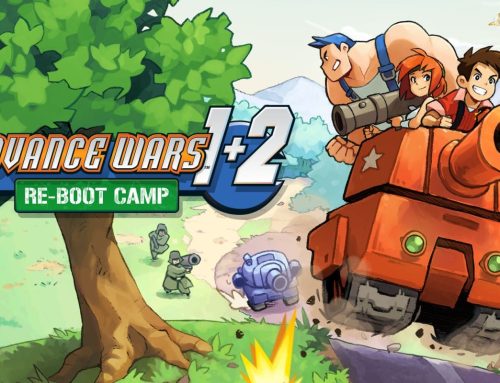
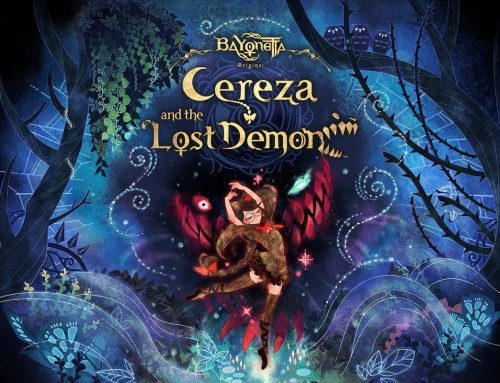
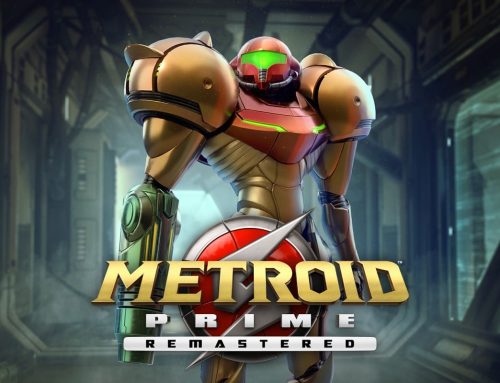
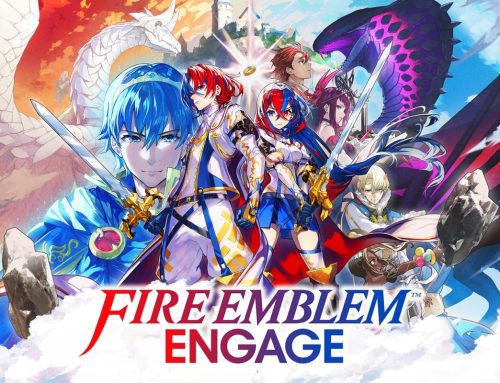
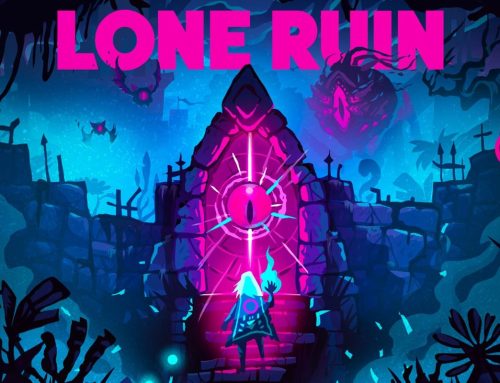

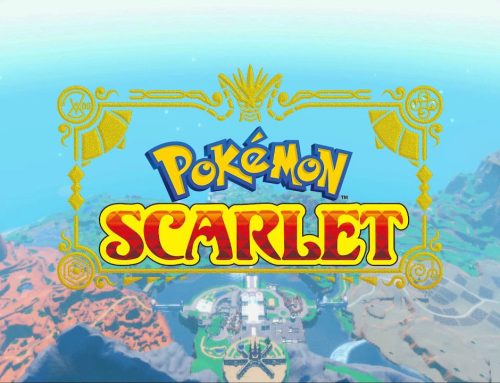
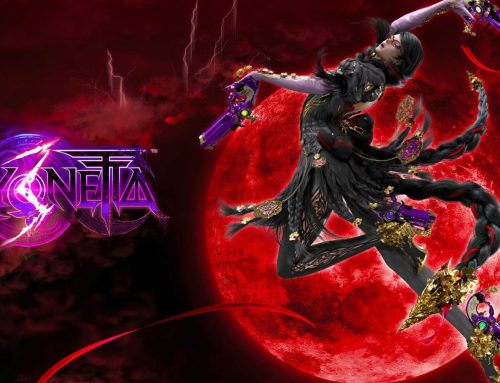
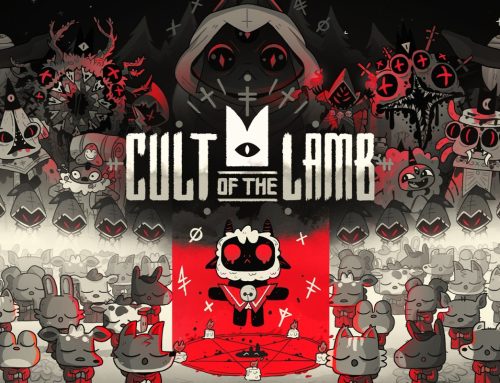

I have one… myself 😛